Secret History of our Streets tackles the Scottish question
BBC2's unexpected hit series reveals just how much Edinburgh and London have in common
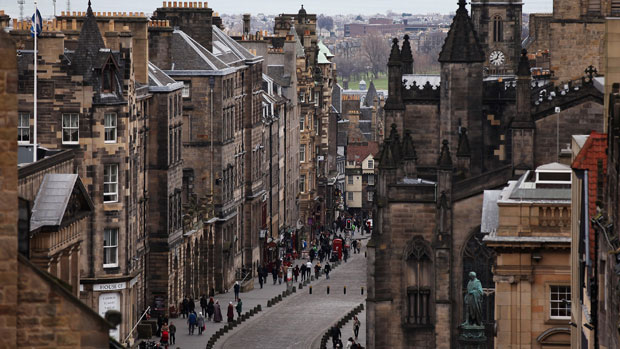
The Secret History of Our Streets was an unexpected hit when it slipped onto BBC2 in 2012. Unexpected because an Open University-assisted social history project hardly seemed like box office gold, but a hit because it landed in the peculiarly British sweet spot where house price fetishism meets an obsession with social class.
The original series, which told the stories of six London streets through the personal histories of their residents, was inspired by Charles Booth's colour-coded poverty maps.
Mayfair, for example, is a yellow swathe of "servant-keeping classes", while the East End is flecked with the dark cross-hatching that signified the presence of the "vicious and semi-criminal".
The Week
Escape your echo chamber. Get the facts behind the news, plus analysis from multiple perspectives.

Sign up for The Week's Free Newsletters
From our morning news briefing to a weekly Good News Newsletter, get the best of The Week delivered directly to your inbox.
From our morning news briefing to a weekly Good News Newsletter, get the best of The Week delivered directly to your inbox.
The second series of Secret History, which begins this evening, strays off these maps to survey Edinburgh, Glasgow and Aberdeen. Nevertheless, it soon finds itself in familiar social territory.
The elegant Georgian terrace at Moray Place, one of Edinburgh’s grandest addresses, was shaped by class-consciousness. The plots were laid out to fit around the Earl of Moray's estate, and each buyer signed up to strict conditions designed to ensure that this pleasant corner of the New Town remained the preserve of the elite.
It was an attractive proposition for well-to-do families fleeing the old city centre, where they lived in amongst the poor and disreputable and alongside grubby commerce.
By contrast with many London streets, where wave after wave of domestic or international migration has brought with it a sense of variety and transience, Moray Place remains remarkably unchanged from its original design.
A free daily email with the biggest news stories of the day – and the best features from TheWeek.com
These are houses that have descended through the generations. One belongs to the current Earl of Moray, who guides us through his home, and the ancestral portraits that line its walls. "We've still got that kilt," he says, pointing to a distant relative, depicted in full Highland dress. "It's somewhere in the attic."
As in the first series, director and writer Joseph Bullman collects such telling details and spins them into a narrative that transcends personal recollection.
And, sensibly, he stretches his terms of reference in the interests of telling a good story. So when it turns out that the architect Basil Spence once had an office in Moray Place, he takes an instructive detour to the Gorbals tower blocks Spence built – and unearths some revealing archive footage in which an unfortunate resident asks the architect why his buildings look so awful.
"Well that’s very subjective," he says, with a patrician smile. "I gave each of you a balcony, a piece of garden, and I thought you might grow peaches."
Politics seep from every word of this documentary, and while there is barely a mention of the decision Scotland will make in less than two months, both sides of the referendum debate will find arguments to support their positions.
The pro-independence camp will note that Britain's national broadcaster devoted six episodes to London and found time for just three to cover the whole of Scotland – but in its substance this series offers more comfort to the unionists.
It paints a picture of two nations whose fortunes have been deeply intertwined for generations. Individual details stand out – a third of Britain's colonial governors were Scots, for example – but together they convey a deeper sense of togetherness. On either site of the border, the same tide of history has ebbed and flowed.
From the emancipation of women after the First World War and the subsequent shortage of servants to the rise of new money in the 1980s, the streets of Edinburgh and London have been shaped by their shared past.
And what of the future? As with Scotland as a whole, some residents of Moray Place are weighing up whether to stay or go – and a few seem rather resentful towards the grand old structures in which they live.
"I don't belong in this room," says one, whose husband died and left her alone in a five-storey house. Another's husband is still alive, but already she is planning her escape. I won't stay here forever, she says. "It’s not economical for one person."
But others are queuing to move in, attracted by the grandeur of tradition. Some are turning offices into residences, others knocking flats back into vast family homes – taking something old and venerable and reshaping it for the modern world.
Soon Scotland will decide whether the union is to be demolished or rebuilt. However it casts its vote, Moray Place will endure.
The Secret History of Our Street starts on BBC2 tonight at 9pm
Holden Frith is The Week’s digital director. He also makes regular appearances on “The Week Unwrapped”, speaking about subjects as diverse as vaccine development and bionic bomb-sniffing locusts. He joined The Week in 2013, spending five years editing the magazine’s website. Before that, he was deputy digital editor at The Sunday Times. He has also been TheTimes.co.uk’s technology editor and the launch editor of Wired magazine’s UK website. Holden has worked in journalism for nearly two decades, having started his professional career while completing an English literature degree at Cambridge University. He followed that with a master’s degree in journalism from Northwestern University in Chicago. A keen photographer, he also writes travel features whenever he gets the chance.
-
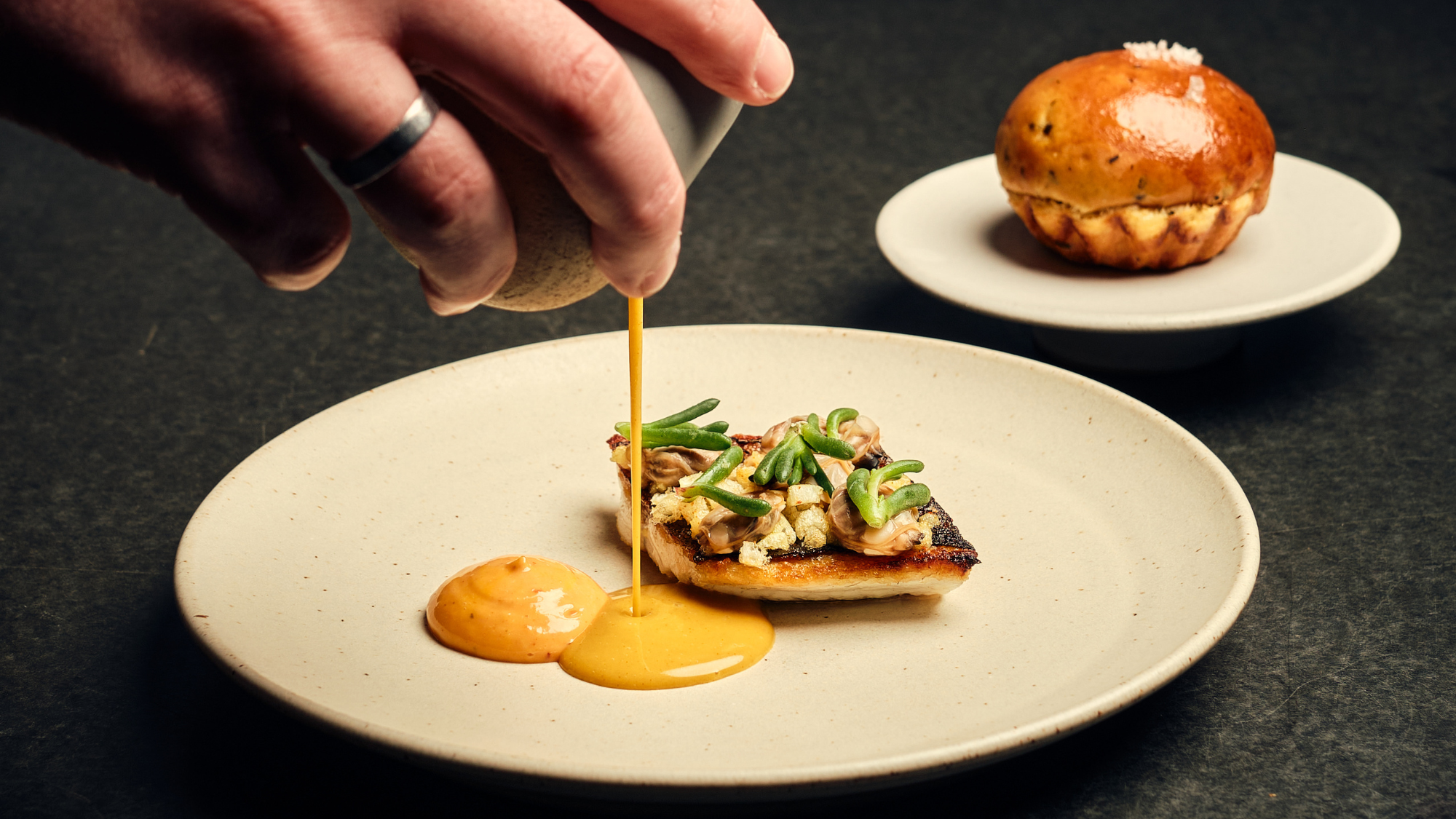 A foodie guide to Edinburgh
A foodie guide to EdinburghThe Week Recommends Go all-out with a Michelin-starred meal or grab a casual bite in the Scottish capital
-
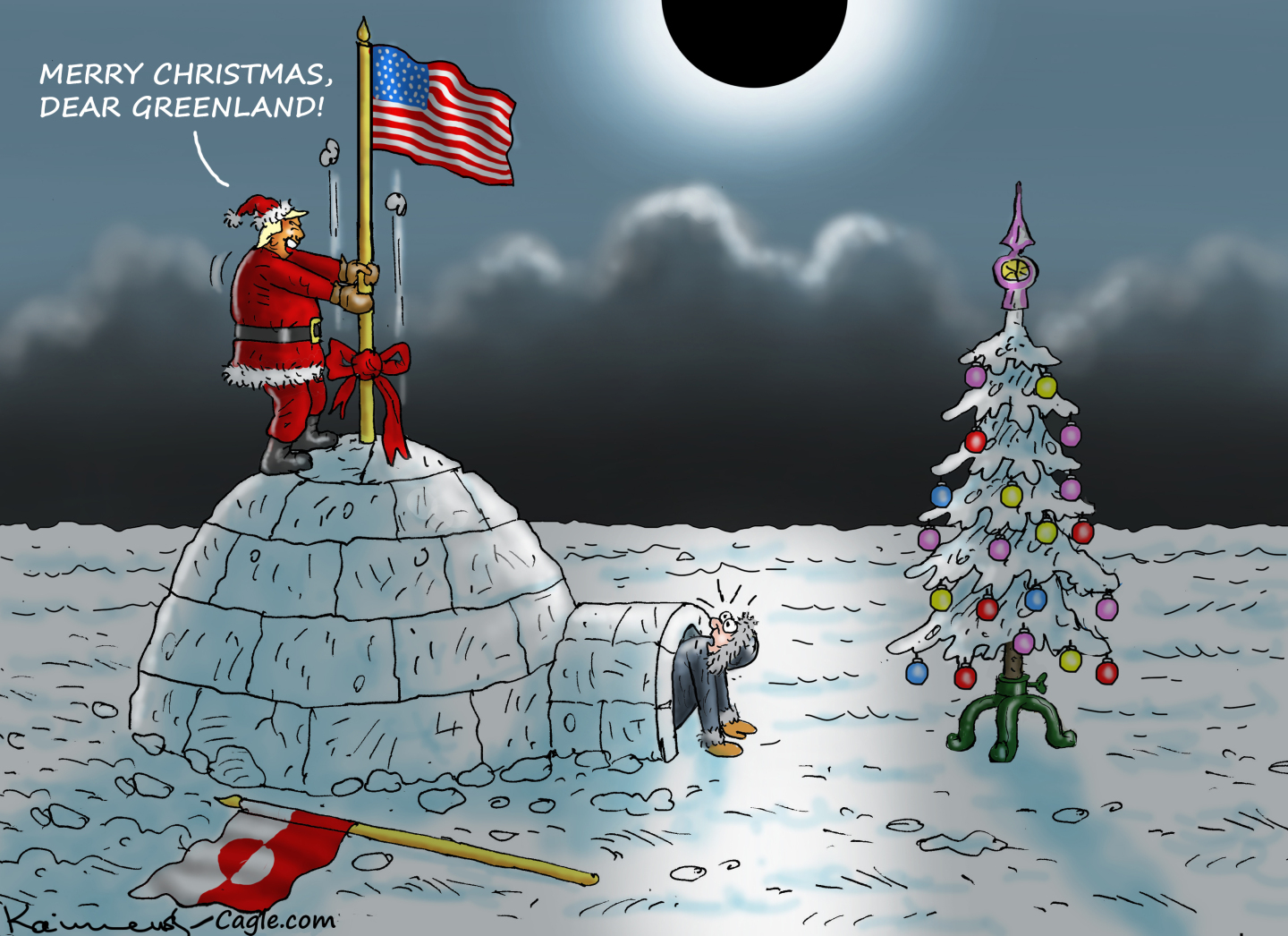 Political cartoons for December 24
Political cartoons for December 24Cartoons Wednesday's political cartoons include Christmas in Greenland, grinchflation, and California floods
-
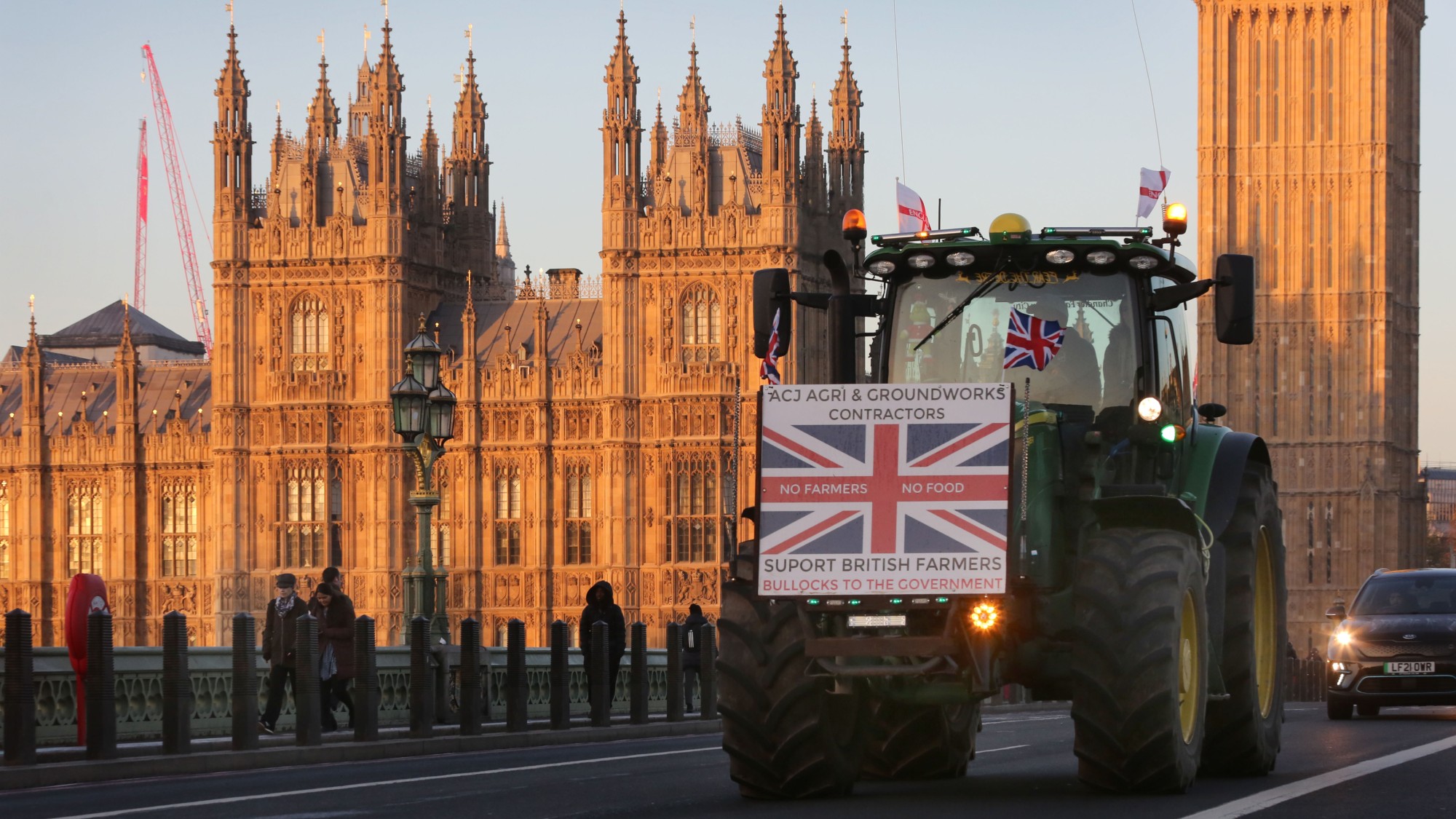 Is there a Christmas truce in the Starmer farmer ding-dong?
Is there a Christmas truce in the Starmer farmer ding-dong?Today’s Big Question There’s an ‘early present’ for farmers but tensions between Labour and rural communities remain
-
 A foodie guide to Edinburgh
A foodie guide to EdinburghThe Week Recommends Go all-out with a Michelin-starred meal or grab a casual bite in the Scottish capital
-
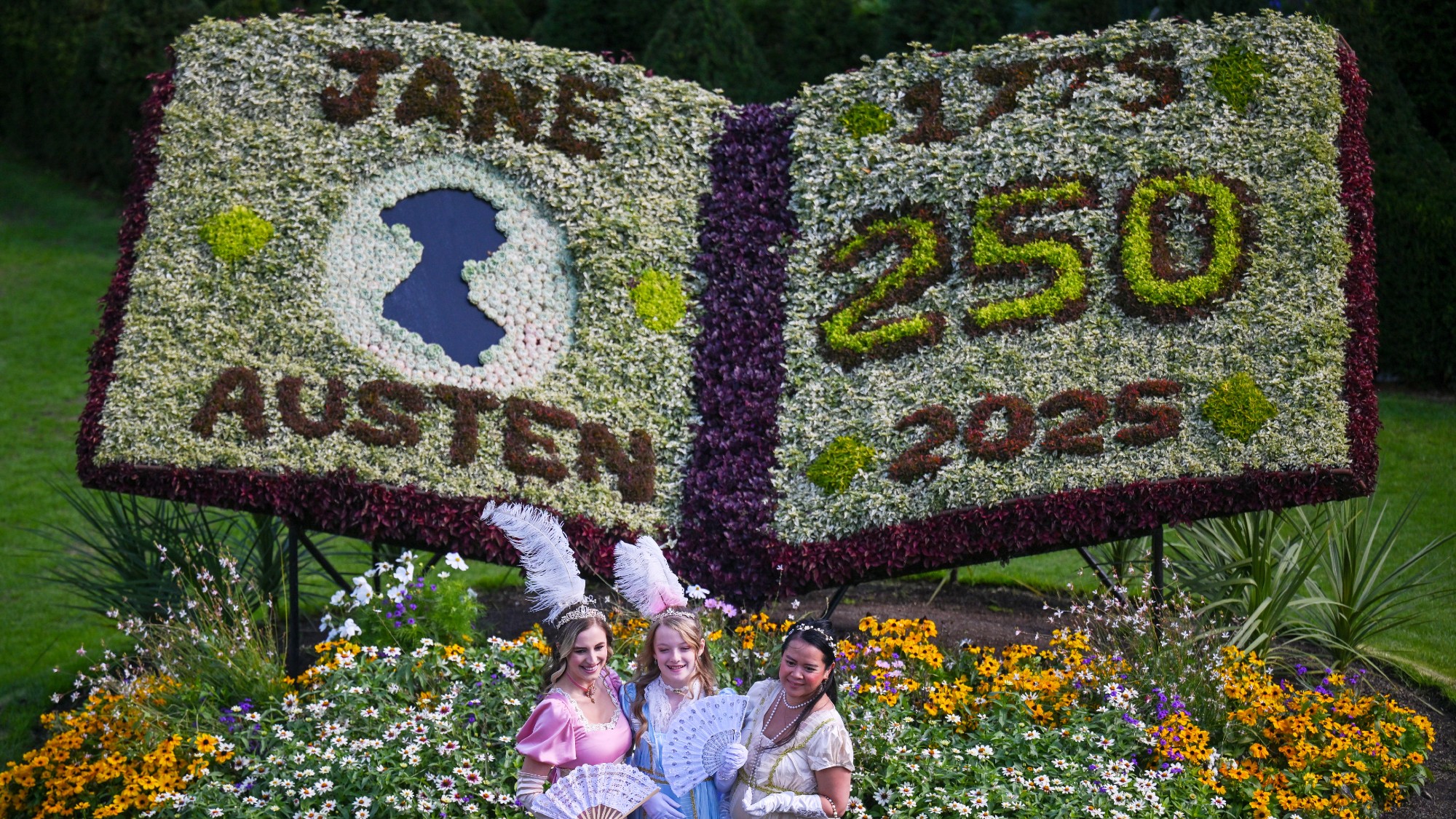 Jane Austen lives on at these timeless hotels
Jane Austen lives on at these timeless hotelsThe Week Recommends Here’s where to celebrate the writing legend’s 250th birthday
-
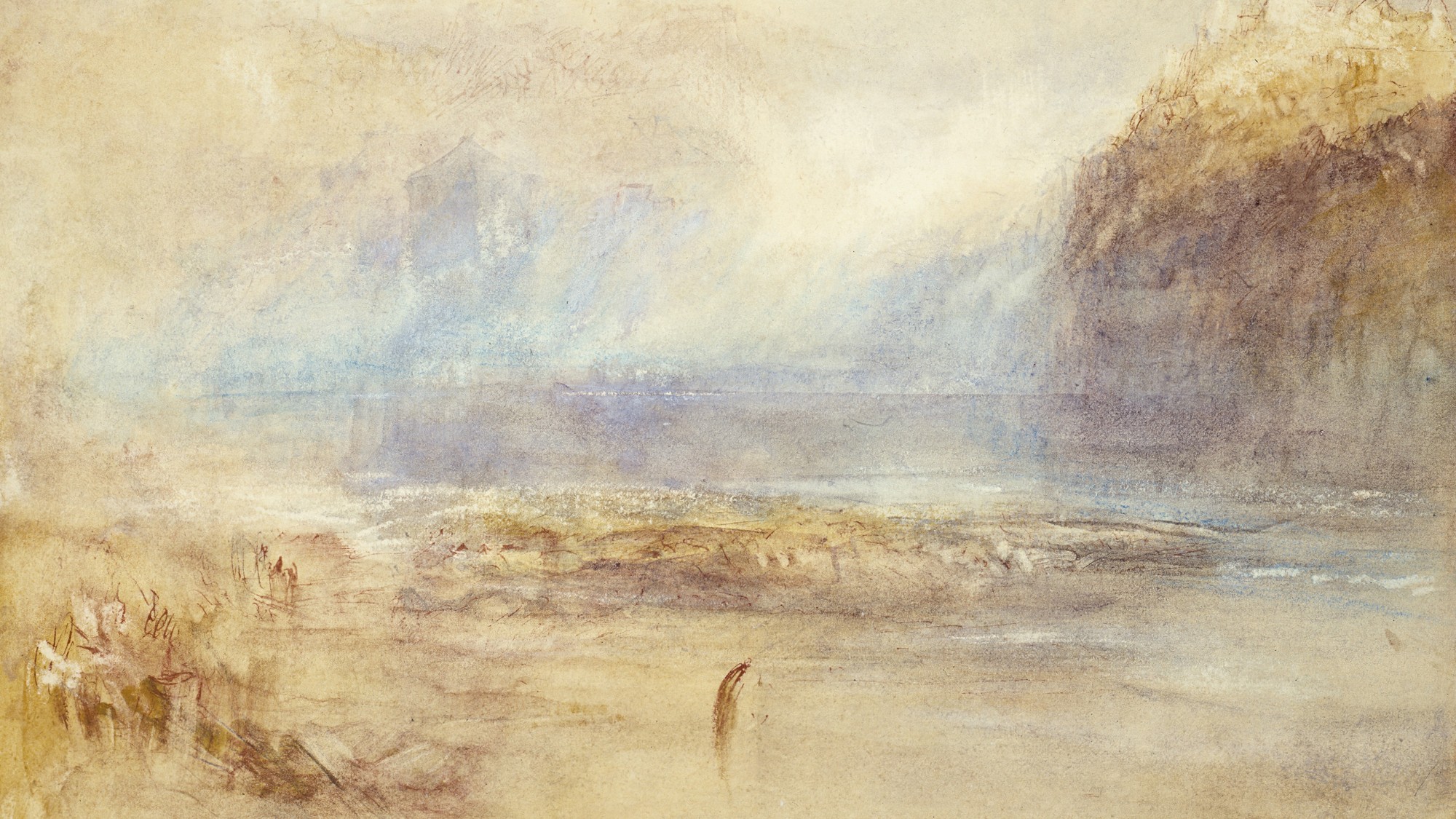 Turner: The Secret Sketchbooks – a fascinating portrait of the great painter
Turner: The Secret Sketchbooks – a fascinating portrait of the great painterThe Week Recommends BBC2 documentary examines the rarely seen sketchbooks of the enigmatic artist
-
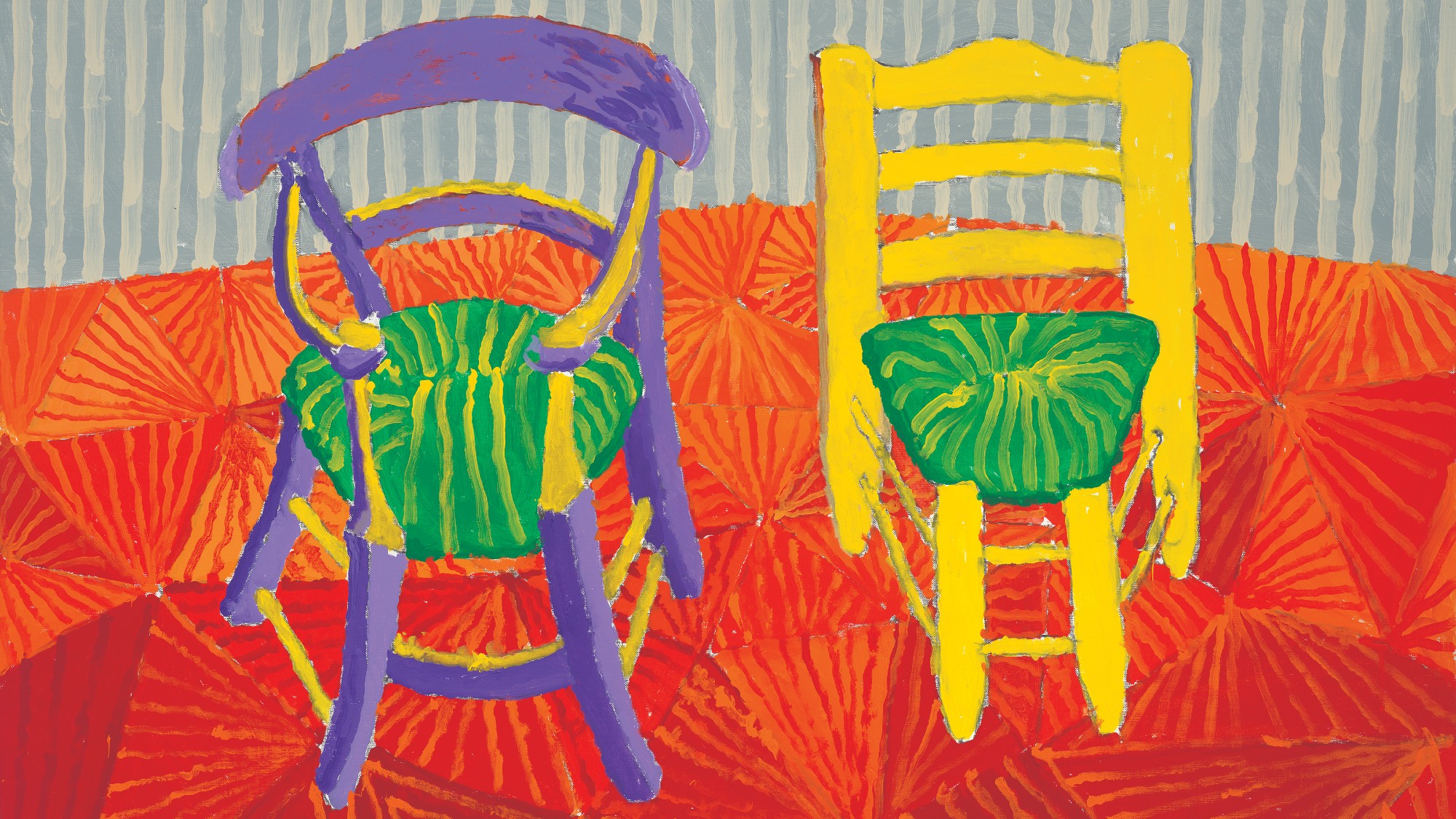 David Hockney at Annely Juda: an ‘eye-popping’ exhibition
David Hockney at Annely Juda: an ‘eye-popping’ exhibitionThe Week Recommends ‘Some Very, Very, Very New Paintings Not Yet Shown in Paris’ testifies to the artist’s ‘extraordinary vitality’ and ‘childlike curiosity’
-
 Dianarama examines the ‘extraordinary scale’ of Martin Bashir’s lies
Dianarama examines the ‘extraordinary scale’ of Martin Bashir’s liesThe Week Recommends Andy Webb’s book is packed with ‘astonishing’ allegations surrounding Princess Diana’s 1995 Panorama interview
-
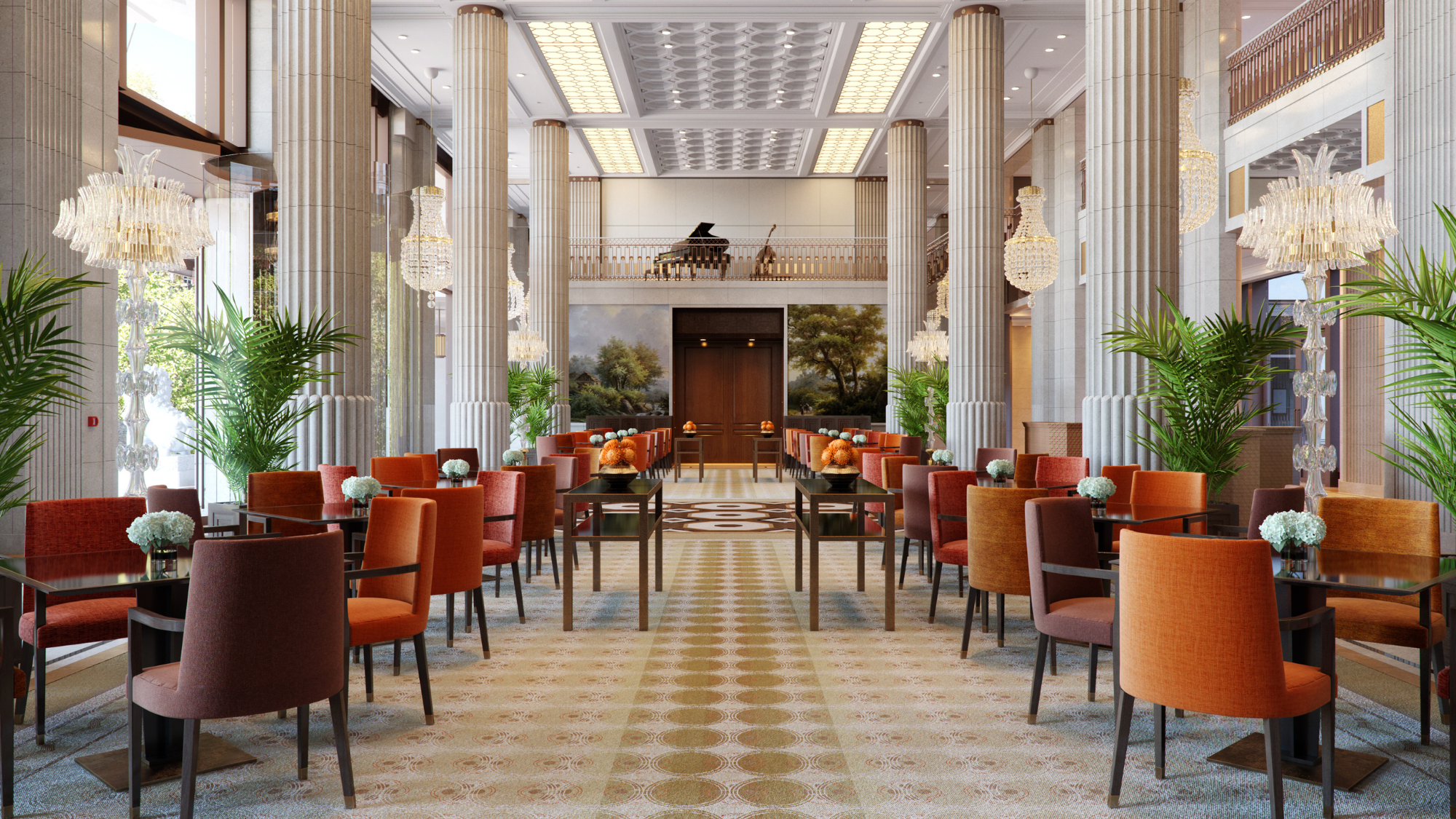 The Peninsula: London’s first billion-pound hotel
The Peninsula: London’s first billion-pound hotelThe Week Recommends As the capital’s super-luxury hotel scene continues to expand, the respected brand is still setting the standard
-
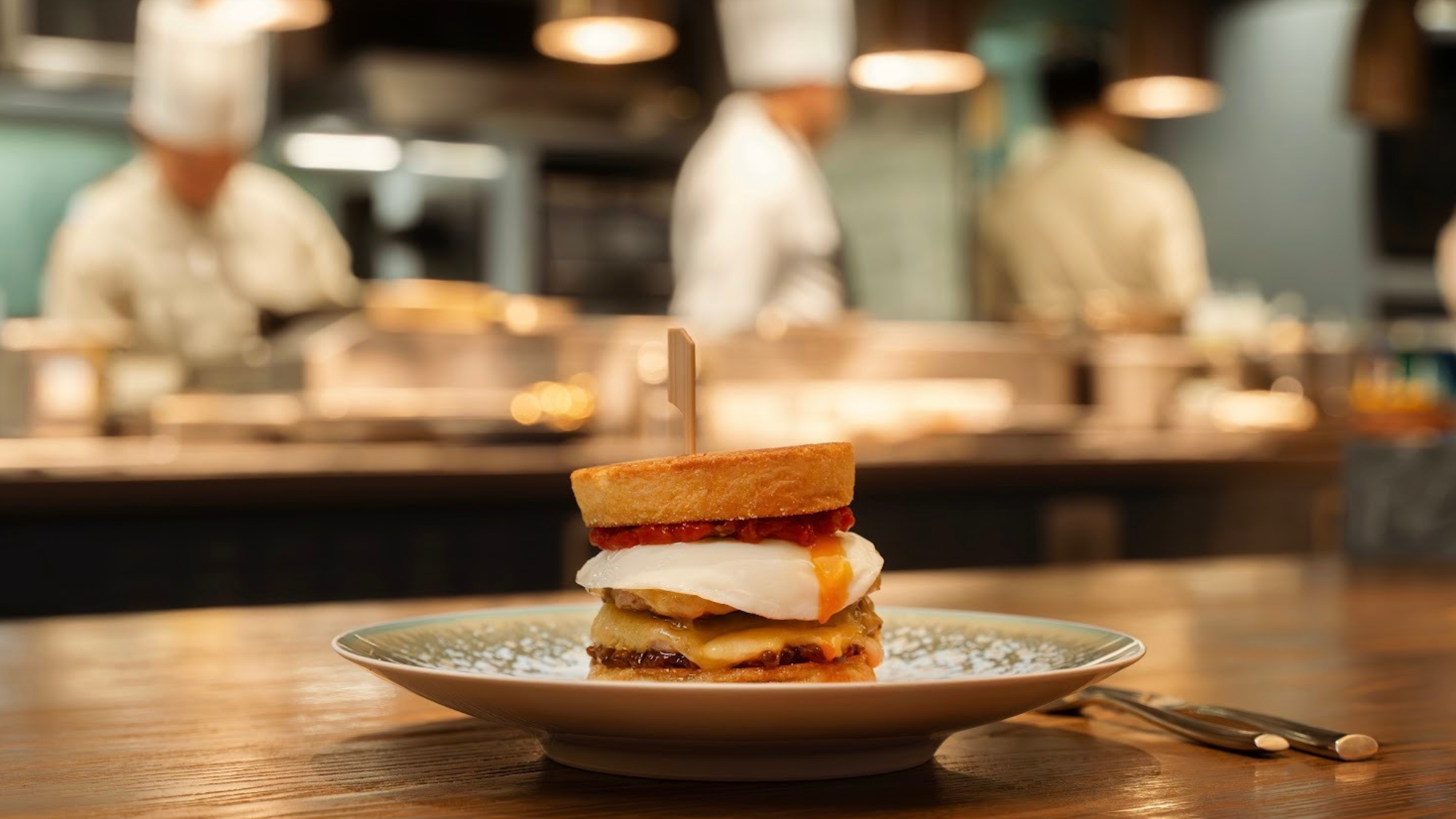 London’s best breakfasts and brunches
London’s best breakfasts and brunchesThe Week Recommends However you like your eggs in the morning, these memorable restaurants have you covered
-
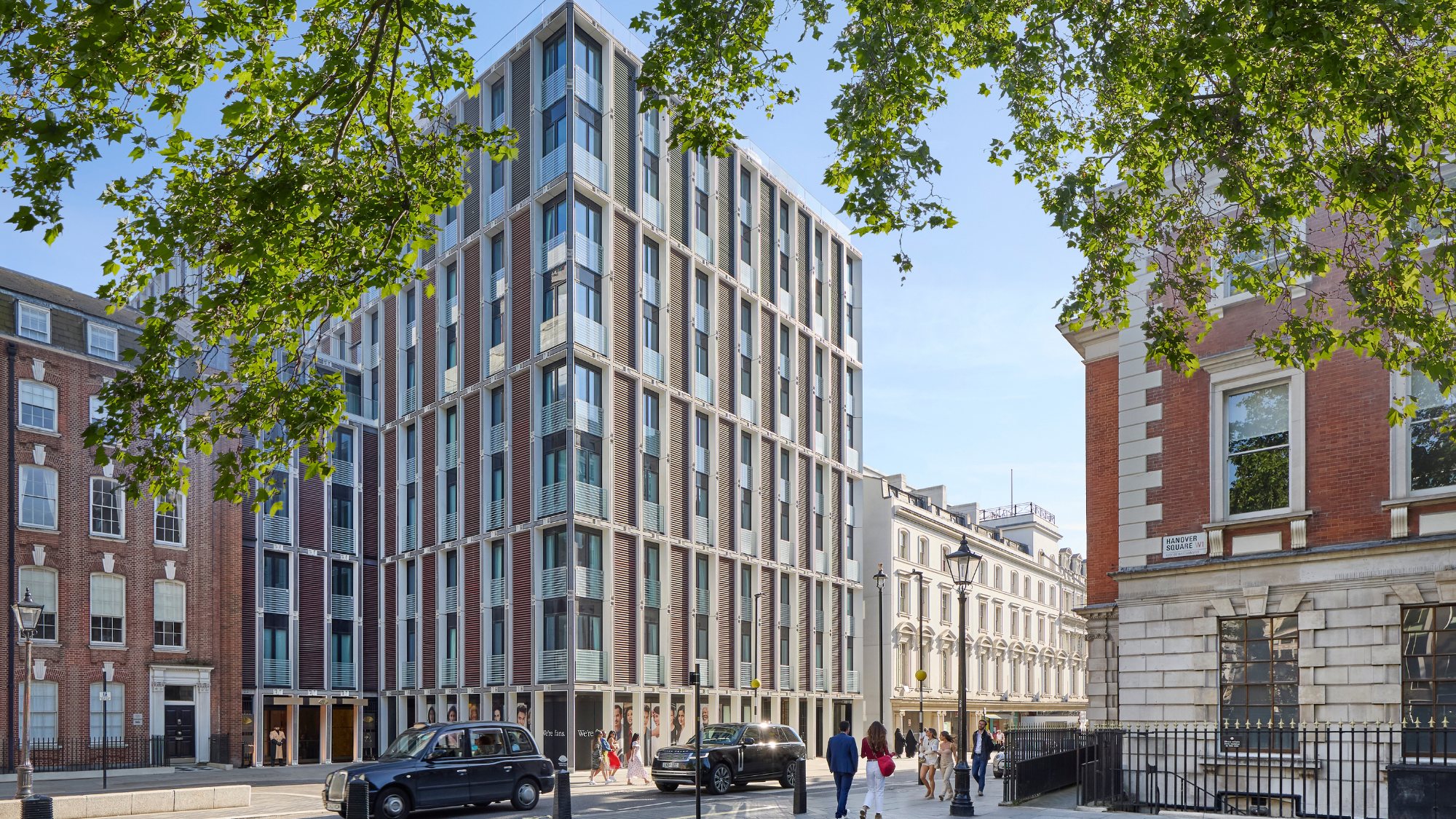 The Mini-Mayfair package at Mandarin Oriental
The Mini-Mayfair package at Mandarin OrientalThe Week Recommends Keep the kids entertained with a family-friendly stay at one of London’s swankiest hotels